Year 2
Welcome to our Year 2 classes – Sergeant Pepper and Strawberry Fields. On this page you will find an overview of our learning each half term, the end of year expectations and our year group timetable.
Our P.E days are Monday and Wednesday this term. Please ensure that the children wear their tracksuit and trainers on these days.
We look forward to an incredible year with you!
Miss Smith, Mrs McElhinney, Mrs Goodwin and Miss Carmichael
Curriculum
End of year expectations for Year 2
The National Curriculum outlines these expectations as being the minimum requirements your child must meet in order to ensure continued progress. All the objectives will be worked on throughout the year and will be the focus of direct teaching. Any extra support you can provide in helping your children to achieve these is greatly valued.
Maths
- count in steps of 2, 3, and 5 from 0, and in 10s from any number, forward and backward
- recognise the place value of each digit in a two-digit number (10s, 1s)
- identify, represent and estimate numbers using different representations, including the number line
- compare and order numbers from 0 up to 100; use <, > and = signs
- read and write numbers to at least 100 in numerals and in words
- use place value and number facts to solve problems
- recall and use addition and subtraction facts to 20 fluently, and derive and use related facts up to 100
- recall and use multiplication and division facts for the 2, 5 and 10 multiplication tables, including recognising odd and even numbers
Reading
- continue to apply phonic knowledge and skills as the route to decode words until
automatic decoding has become embedded and reading is fluent - read accurately by blending the sounds in words that contain the graphemes taught
so far, especially recognising alternative sounds for graphemes - read accurately words of two or more syllables that contain the same graphemes as
above - read words containing common suffixes
- read further common exception words, noting unusual correspondences between
spelling and sound and where these occur in the word - read most words quickly and accurately, without overt sounding and blending, when
they have been frequently encountered - read aloud books closely matched to their improving phonic knowledge, sounding out
unfamiliar words accurately, automatically and without undue hesitation - re-read these books to build up their fluency and confidence in word reading.
Writing
Pupils should be taught to:
- Use both familiar and new punctuation correctly, including full stops, capital letters, exclamation marks, question marks, commas for lists and apostrophes for contracted forms and the possessive (singular)
learn how to use:
- sentences with different forms: statement, question, exclamation, command
- expanded noun phrases to describe and specify [for example, the blue butterfly]
- the present and past tenses correctly and consistently including the progressive
form - subordination (using when, if, that, or because) and co-ordination (using or,
and, or bu
spell by:
- segmenting spoken words into phonemes and representing these by
graphemes, spelling many correctly - learning new ways of spelling phonemes for which one or more spellings are
already known, and learn some words with each spelling, including a few
common homophones - learning to spell common exception words
- learning to spell more words with contracted forms
- add suffixes to spell longer words, including –ment, –ness, –ful, –less, –ly

